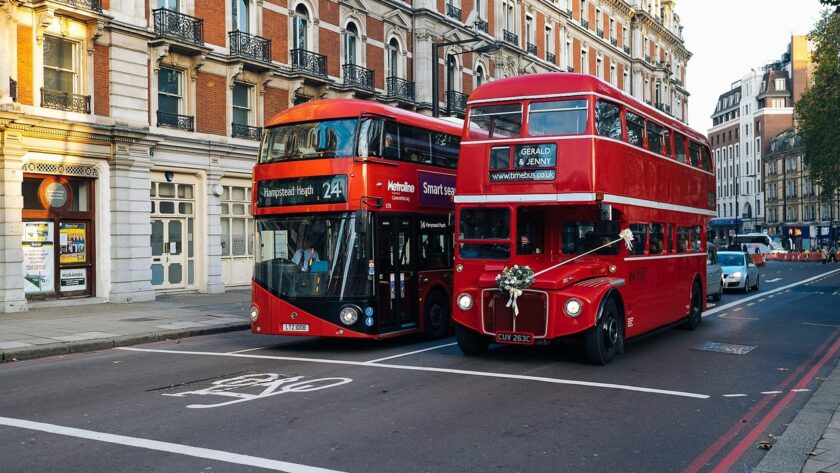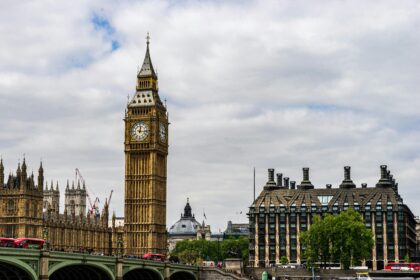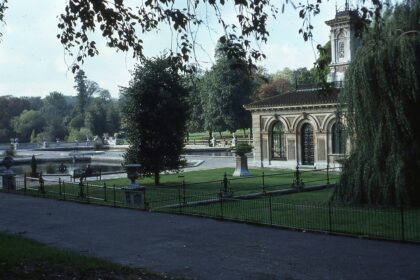The red double-decker bus is as synonymous with London as Big Ben or Buckingham Palace. These rumbling giants have carried millions of passengers across the city for over a century, but their history stretches back even further.
The very first double-decker wasn’t even a bus! It was a horse-drawn carriage that debuted in Paris in 1828. Soon after, in 1829, London saw its own version, thanks to a gentleman named George Shillibeer. These early buses, called omnibuses, could seat up to 22 passengers for a shilling (about 5p today).
The 20th century saw a boom in motorized vehicles, and by the 1920s, London’s streets were filled with double-decker buses from competing companies. This bustling network eventually led to the creation of a single authority, the London Transport Board, in 1933. The iconic red color, chosen in 1907, was a practical move. Red paint was cheaper and faster drying than other colors at the time. It stuck around, becoming a symbol of the city itself.
Today, there are over 8,000 buses cruising through London’s sprawling network of over 700 bus routes. These modern double-deckers are a far cry from their horse-drawn ancestors. They’re safer, more efficient, and many are even accessible to those with disabilities.
Despite the rise of other forms of transportation, the double-decker bus remains a vital part of London’s lifeblood. It’s a testament to innovation, practicality, and of course, a touch of British flair. So, next time you see one of these iconic red buses, take a moment to appreciate its rich history and the role it plays in this vibrant city.




